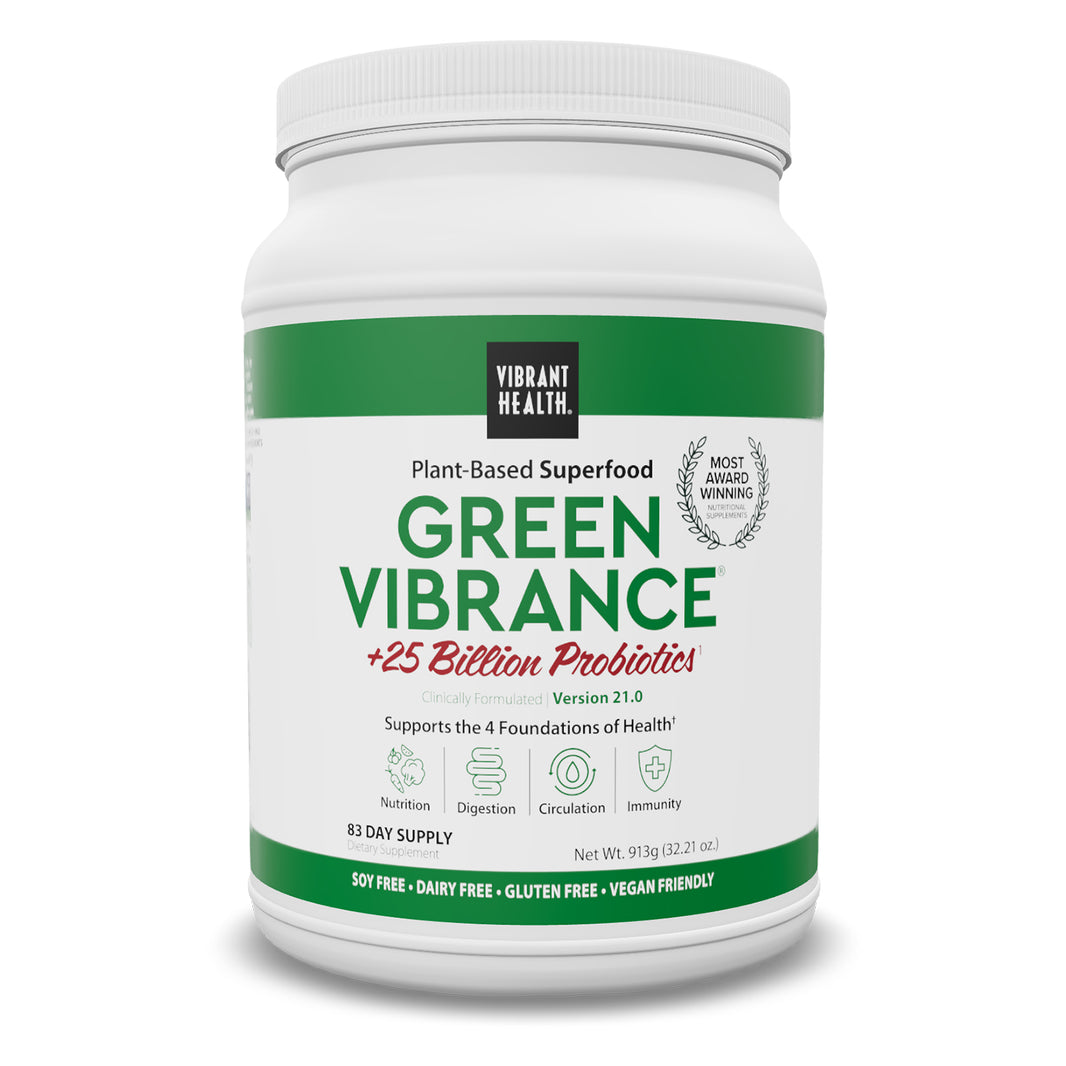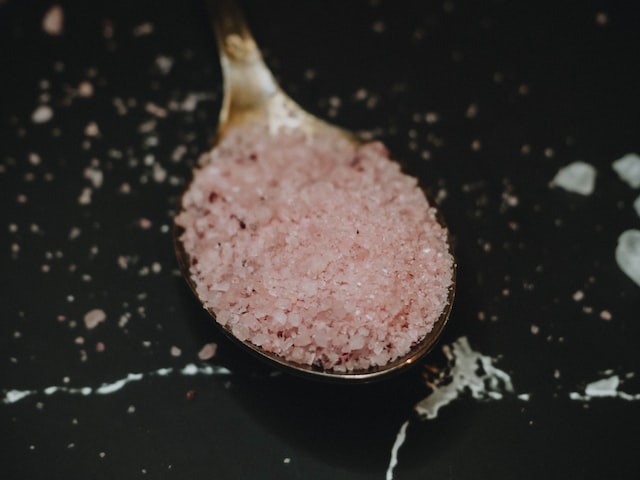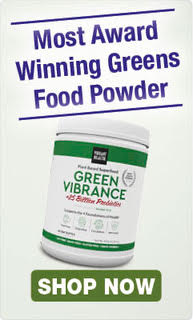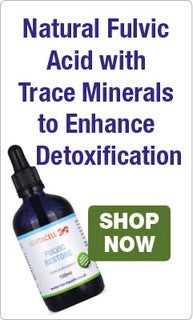Have you ever taken the time to look at all of the options of salt available to you while shopping?
There is sea salt, rock salt, fine or coarse salt, iodised, kosher and fluoridated! It can even be white, pink or grey.
Does it make a difference which we choose? Isn’t salt bad for us anyway?
Our governments have been telling us to reduce our salt intake for years. It has a terrible reputation for causing high blood pressure, which puts strain on the heart, kidneys and brain.
Why is Salt Considered to Be Bad?
Heart attacks, strokes, kidney disease and dementia have all been linked directly to salt intake.
This means with all this negative commentary surrounding salt that people often do not realise that sodium is essential for life. We need it in order to survive. Plus the right kind of sodium can help to regulate the water content in the body, promote a good pH balance (especially in the brain cells) and much more.
The Lowdown on Table Salt
Table salt is the fine white stuff that you will find in processed foods, and in abundance on supermarket shelves. This is barely recognisable by our bodies, as it is completely unnatural. It consists of 97.7% sodium chloride and 2.5% chemicals. This 2.5% can include anti-caking agents and aluminium hydroxide (linked to possibly triggering Alzheimer’s Disease). Table salt is then dried at 1,200 degrees Fahrenheit, which causes the natural molecular structure of the salt mixture to be altered, making it unrecognisable to our bodies.
When we ingest this kind of ‘salt’ we become dehydrated. For each single gram of sodium chloride we consume, the body is forced to use 23 times that amount of cellular water to neutralise and eliminate it from our system.
Eating this kind of salt as a regular part of our diet will certainly have a detrimental impact. Blood pressure would rise as a result of the cellular dehydration. Other issues linked to high consumption of this kind of salt include arthritis, kidney stones and cellulite.
Himalayan Rock Salt
Himalayan Rock Salt is a different class entirely to what has just been described. It is sourced from deposits of rock salt in the Himalayas, and has been untouched for around 250 million years. This means that it has not been exposed to our modern day contaminants and toxins.
It naturally contains 84 minerals and trace minerals, including iodine, which are absorbed easily by the body and many of which are diets are low in, so can provide a real nutrient boost when consumed in small amounts.
The unique crystalline structure is said to contain vibrational energy from the ground too which can have a positive impact on our bodies.
This pure salt has been found to have a number of benefits. Regulating water content is one of the biggest factors, which is ironic, when Table Salt is known to dehydrate the cells so drastically. Himalayan Rock Salt is known to regulate blood sugar levels, as well as aid with the absorption of food particles in the digestive tract.
It may be beneficial to those suffering with asthma and other allergies, as it is a natural antihistamine, and can promote healthy sinus and respiratory health.
Muscle cramps can be eliminated by including this product into the diet, and sleep patterns may even be regulated. Himalayan salt is also naturally anti-microbial, so it can last for a long time without any added preservatives.
Taste
Despite all of these wonderful health benefits, the fact remains that we most often use salt to make our food taste good. The constant government demands to reduce salt have meant that many processed food manufacturers have cut down on the table salt in their products, replacing it with monosodium glutamate (MSG) to maintain flavour. This ‘flavour enhancer’ is added to thousands of foods, and is considered one of the worst food additives. It has even been described as a 'silent killer'.
Fortunately, Himalayan Rock Salt tastes absolutely delicious. It is a welcome addition during cooking and as a seasoning lends a nice crunch to meals, with an almost sweet-salty flavour. So you won’t even need to hold your nose to swallow this pink crystallised mineral rich super-food!
Other Uses
Himalayan Rock Salt can also be used in a number of holistic beauty therapies at home. Try adding it to your bath to draw out impurities in the skin, stimulate natural circulation and relax tense muscles and joints.
It also works well as a salt scrub, where dry dead skin is sloughed off, and the mineral ions within the salt can penetrate the skin, balancing energetic weak points and stimulating skin cell regeneration.
Summary
Looking at the points raised here, it is almost safe to say that the government warnings to reduce salt intake are actually warnings to stay away from the over processed, chemical filled table salt and processed foods that are on offer to us, and when including healthy salt to do so still in small amounts.
Pure natural Himalayan Salt is a gift from the Earth and has numerous benefits to our health, from a vibrational level through to many physical advantages.
It therefore seems an obvious choice to make, when deciding on which salt to use to choose Himalayan salt which is beneficial to our health as opposed to the others which could in fact cause many health problems to arise.




























Leave a comment